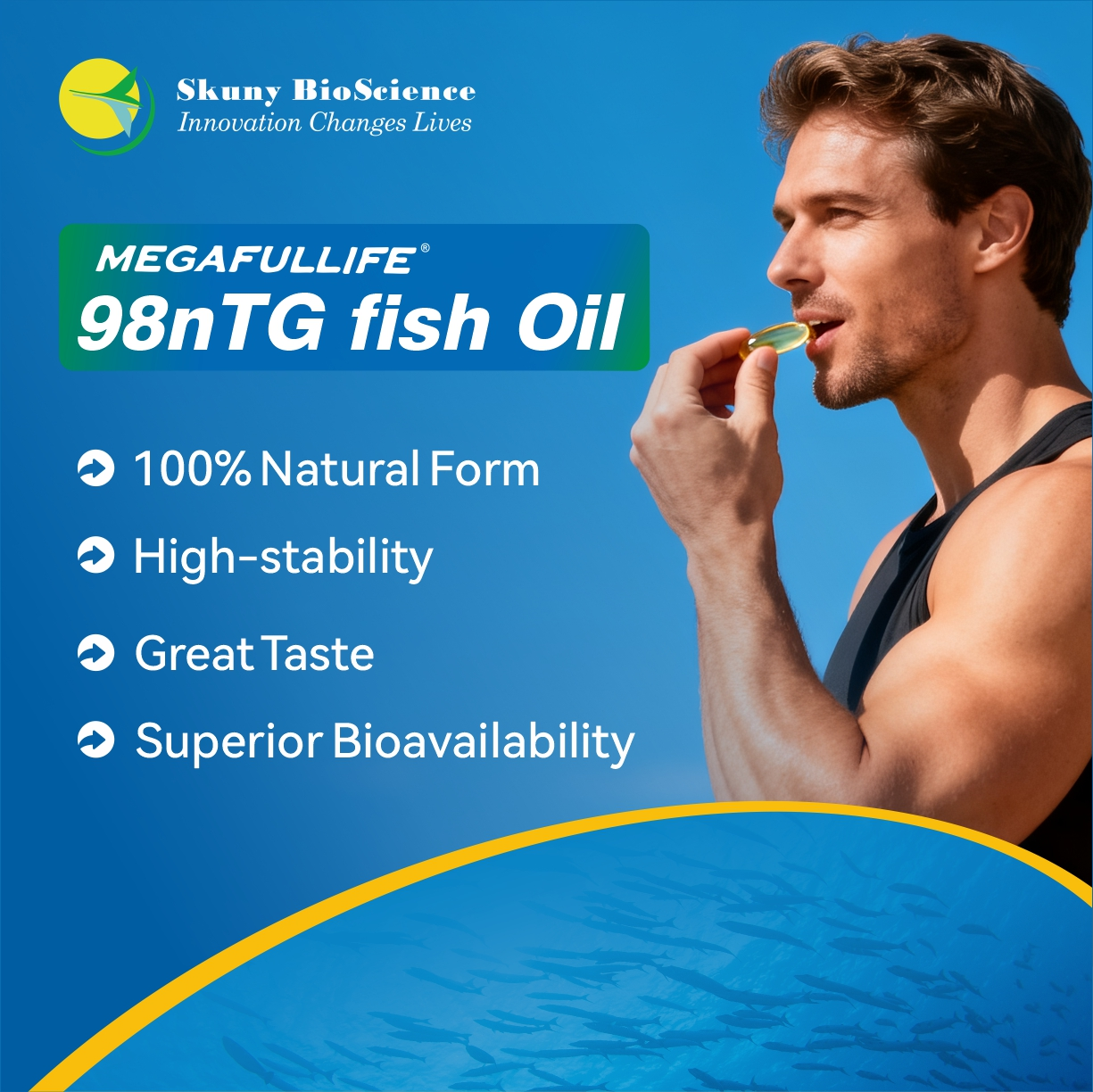Oceans Futures platform powers socio-economic strategies to improve fisheries governance
21 Nov 2023 --- Following the launch of the World Wildlife Fund United States (WWF-US) Oceans Futures platform this weekend, the work has begun on gathering the best science, data and stakeholders to bring the technology to fruition.
Nutrition Insight catches up with Sarah Glaser, senior director of Oceans Futures, to better understand the platform and the future challenges of ocean fisheries.
“The partners are collaborating to develop the best science possible to support the work and our conclusions. We have shared data, collaborated on analysis and visualization, and are cooperating on outreach and education,” Glaser tells us.
She paints an image of the political situation that underpins the need for Oceans Futures and the reasons climate-driven fisheries’ conflicts are linked to global security.
“Countries are protecting their fisheries resources so they can feed their populations. As fish stocks move and decline, they are being more aggressive about protecting their fishing grounds, expanding their fleets into new territories and defending their fishing fleets with military vessels.”
Food insecurity preps conflict
Oceans Futures identifies the areas at the highest risk for future conflict. WWF-US advises government agencies and conservation organizations to strengthen investments in the conservation of resources and their management.

“Fish stocks will move from the tropics to the poles, and in doing so, millions of people in coastal low-latitude regions will lose access to an important source of protein. Food insecurity is a major cause of conflict around the world,” Glaser underscores.
She cites the escalation of low-level conflicts as a third and critical area needing attention. “Many fisheries conflicts begin as non-violent disputes over access to local fish resources, but in some cases, the conflicts can escalate to deadly violence that eventually involves militaries or other armed actors.”
“Oceans Futures is a publicly available and open access platform to which all nations and people will have access. The platform allows users to know at-a-glance where fisheries conflict hotspots are around the world, and then to explore in-depth the reasons that conflict is considered likely.”  Oceans Futures has identified the major hotspots where fisheries conflicts will occur.
Oceans Futures has identified the major hotspots where fisheries conflicts will occur.
Users can review the projections of fish migration and learn about each hotspot’s governance, socio-economics and fisheries contexts or the countries within a hotspot. Oceans Futures will provide early warning signals, allowing authorities to take conservation action and prevent conflict.
Strategic food commodity
The core hotspots include waters surrounding the Arctic Ocean, the Gulf of Guinea, the Eastern Mediterranean, the Eastern Tropical Pacific and the Central Pacific. These regions will experience increased fisheries conflict due to climate change. The waters surrounding Cameroon, Syria, Ecuador, Indonesia, and Micronesia are also of great concern.
“In other regions of the world, management plans are strong, but the sector needs more resources for enforcement of existing protected areas, quotas, or regulations. In other regions, information sharing and capacity building need to be resourced,” says Glaser.
“And in all fisheries sectors around the world, the needs of local communities must be prioritized to ensure equitable access to fish resources so small-scale fishers can earn enough money to support their families.”
Stakeholders who operate globally, whether in the seafood industry, through multilateral governance institutions like regional fisheries management organizations, or cooperative approaches to management, can use Oceans Futures to help prioritize where they put efforts to support sustainable management and reduce the causes of fisheries conflicts.
“The fisheries sector doesn’t need new ideas: it needs support and resources to implement the ideas and solutions that fisheries scientists and resource managers have been asking for,” Glaser notes.
Hope for the future
WWF-US hopes to see investment in alternative jobs and food sources to prevent massive unemployment and loss of food in areas where fish stocks are projected to decline significantly.
“Our vision is that Oceans Futures helps direct attention and resources to a strategic food commodity often overlooked for its contribution to peace and security. In some regions of the world, the fisheries sector needs support for more scientific research and data collection to support strong resource management,” explains Glaser.
“We hope to see a growing awareness by policymakers and development agencies in their priorities for supporting strong blue food sectors, including seaweed farming, small-scale fishing, and support for better cold chain infrastructure in coastal communities.”
Oceans Futures will expand the body of data and use machine-learning models by 2025 to understand what causes low-level conflicts to start and what solutions can prevent their escalation.
By Inga de Jong

















